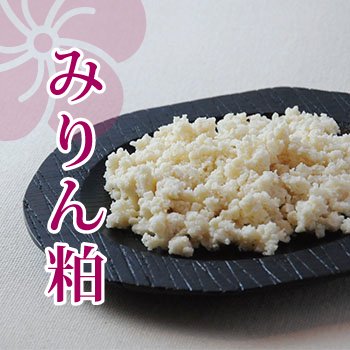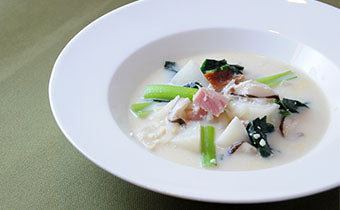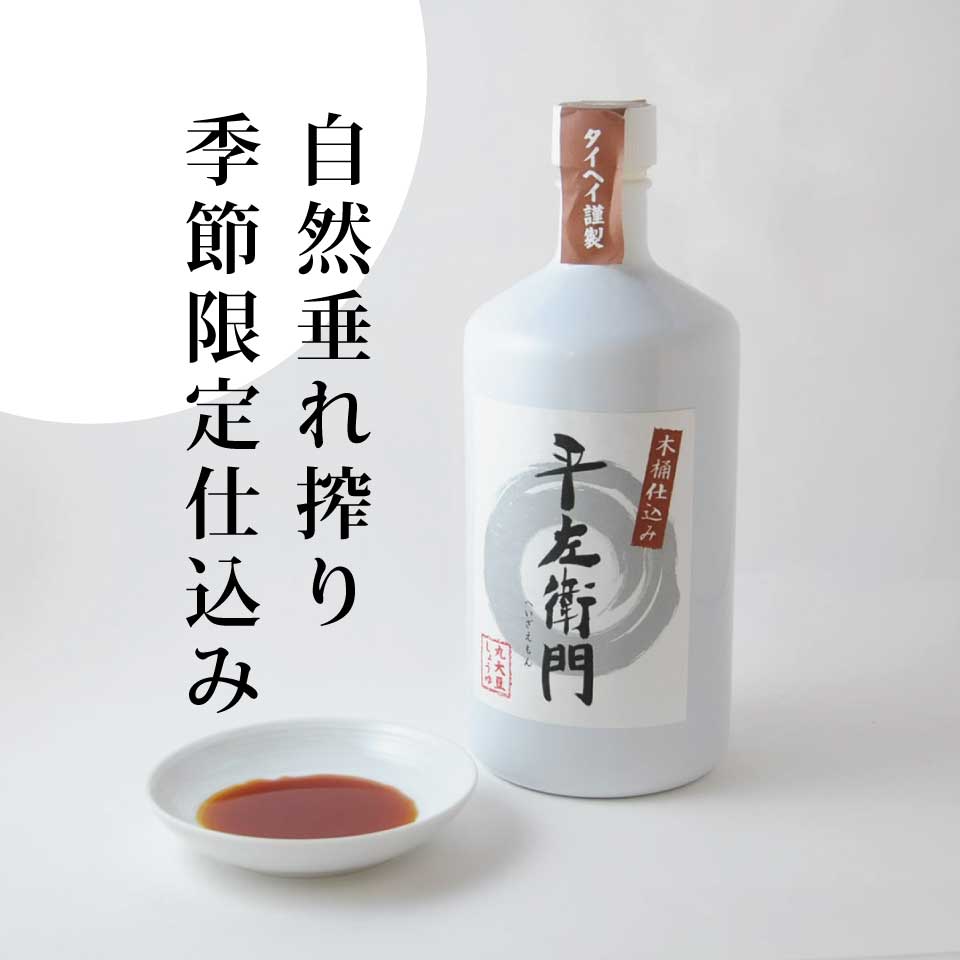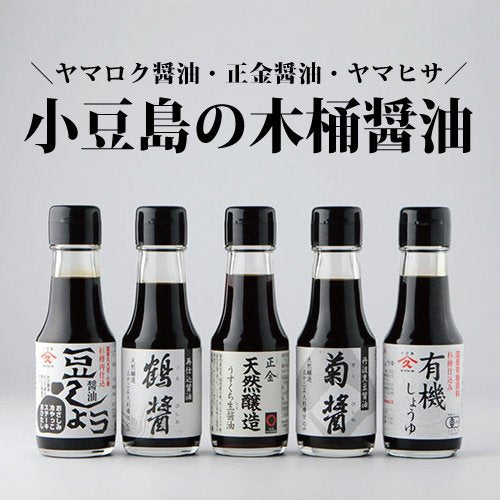








150g mirin lees
It is called "mirin lees" because it is the residue left over from squeezing mirin.
Shokunin Shoyu No.

Your first reaction should be "It's sweet!"
Well-made mirin can be drunk as is, and many people are surprised at its sweetness. Mirin lees should also taste sweet.
It's delicious just as it is, so some people eat it as a substitute for sweets. Also, the sweetness comes from rice saccharification, so some people use it as a substitute for sugar. However, it still contains alcohol, so if you eat too much, you might get drunk.
Difference from sake lees
Sake is made by using the power of koji mold to convert rice starch into sugar, which is then used to make alcohol. In other words, sake is made by converting sugar into alcohol. For this reason, I don't think many people perceive sake lees as sweet.
On the other hand, mirin lees are made from rice that has been broken down into sugar and umami. The sweetness comes entirely from the rice, as no sugar is added. Mirin contains alcohol because shochu is added.
Few breweries have mirin lees
The reason why we don't see much mirin lees in the first place is because the production volume is so small. Mass-produced mirin is allowed to contain secondary ingredients, and I don't think that mirin lees made using this method are distributed in stores.
Most breweries that can sell mirin lees use the traditional fermentation method of glutinous rice, rice koji, and shochu, so the volume in circulation is not large.
I think there is still more to be squeezed out.
Soy sauce is squeezed hard, so the soy sauce lees become flat and slab-like. In comparison, mirin lees are moist. You might even think that if you squeezed harder you could get more liquid.
Mirin lees dip
Mirin lees are delicious when eaten as is. Simply mix with cream cheese or miso to make a simple dip. You'll be able to enjoy the natural sweetness and deliciousness.
Pork marinated in mirin and sake lees
By marinating the meat in mirin lees and miso, it becomes soft and juicy. The soft, sweet aroma whets the appetite. Marination of fish also helps to remove any unpleasant odors.
Turnip and bacon soy milk soup
Mirin lees go well with dairy products. Combine it with soy milk to create a simple, mild-tasting soup. Adjust the amount to make a white sauce and use it in a variety of dishes.
Amazake with plenty of sweetness from rice
Delicious and nutritious amazake can be easily made by simply putting it in a pot and boiling it. If you are using mirin lees for the first time, please give it a try. It is sweeter than sake lees, so you can use less sugar.
The color varies depending on the season
At Ogasawara Mirin Brewery, mirin is pressed every year around Golden Week. This is also the time when mirin lees are harvested, so the color of the mirin varies between spring and autumn/winter. When freshly pressed, it is white and crumbly, but as it matures, it changes from yellow to brown and develops a moist texture.
Especially after summer, the changes will be more pronounced. I think you will enjoy comparing the differences between them.
Choose options










































